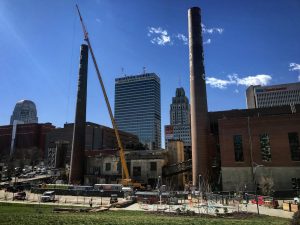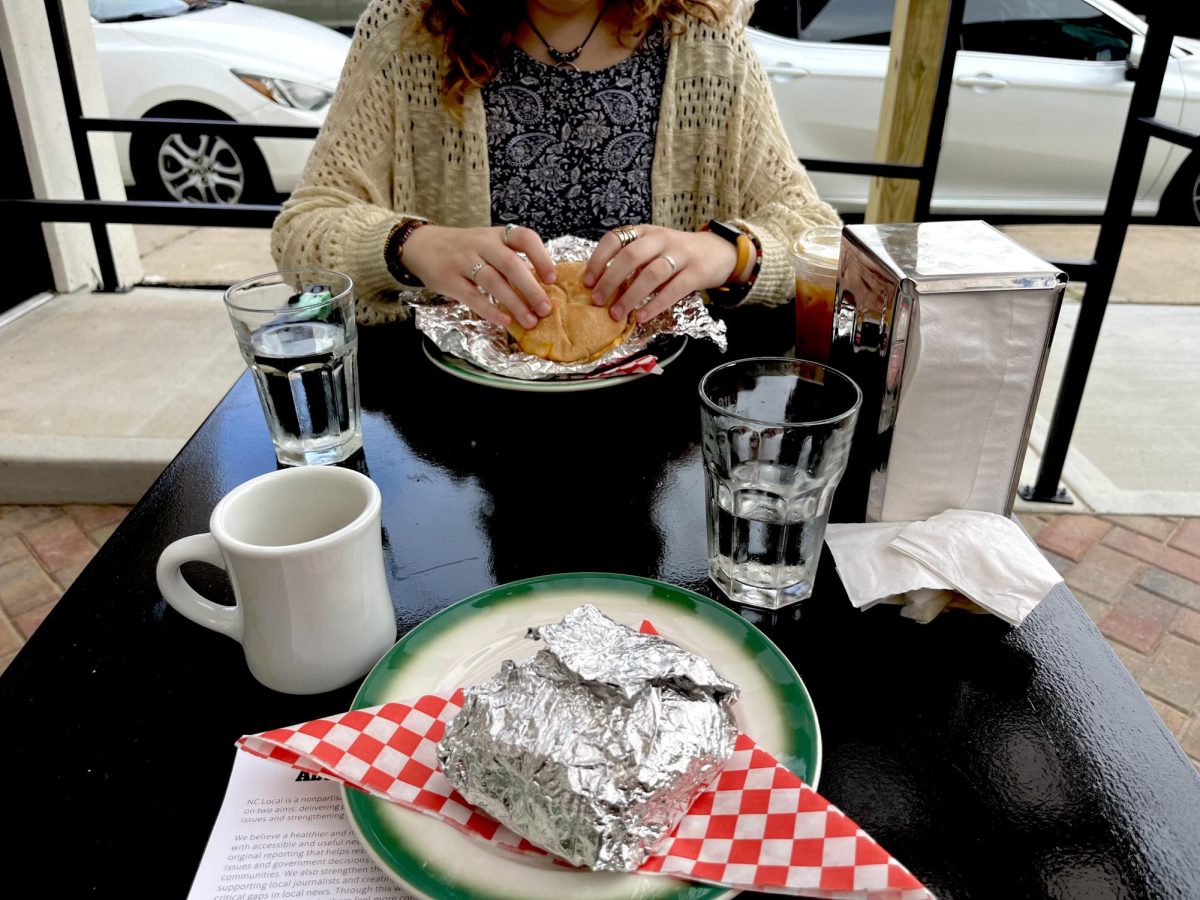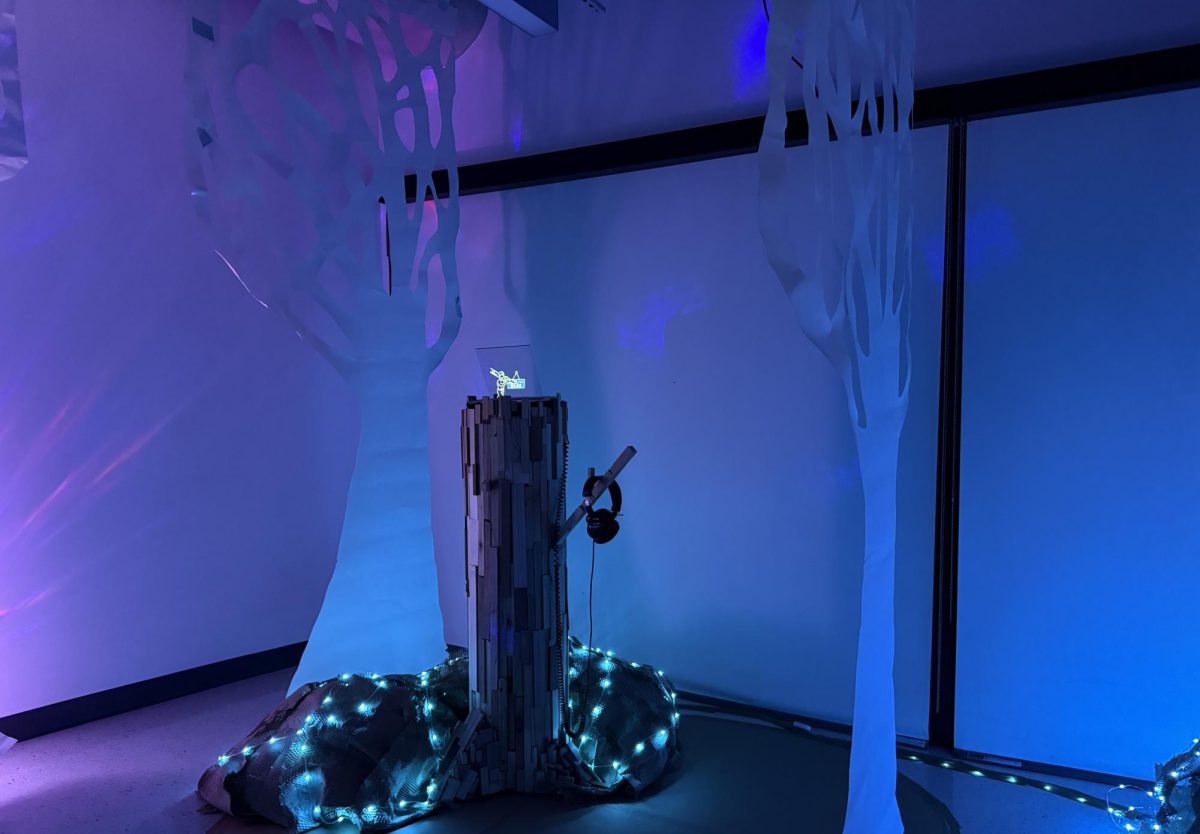Audra Goforth
Managing Editor
[email protected]
The skeleton of a run-down, dilapidated building can haunt a city.
What “once was” becomes conversation for history books rather than the news of today. While that may be the case for most cities, Winston-Salem is turning those history-book conversations into front page headlines for the rebuilding of the city.

“I have always been one to take old buildings and old things and put my spin on it,” said Eric Weyer, co-owner of Hoots Roller Bar and Beer Co. “It looks better. You can essentially save money and there are tax credits for historical buildings.”
Weyer said seeing buildings torn down is heartbreaking, but Winston Salem is becoming good at renovating old space.
“All these old buildings, these tobacco buildings, are getting remodeled,” Weyer said. “So, I am a fan of renovations rather than new construction.”
Winston-Salem, among other cities such as Asheville, Hickory and Durham are creating a trend of preserving older buildings in North Carolina rather than participating in the act of demolishing and starting over.
“The older buildings serve as catalysts for the redevelopment of downtown,” said Jason Thiel, president of Downtown Winston-Salem Partnership Inc. “They have tangible and intangible benefits. The tangible benefits are noticed more. They are construction jobs, retaining historic architecture, not loading landfills up with demolished buildings, etc. and the reason we use these old buildings is largely based on the historic tax credits.”

Historic tax credits are given to a project when a tax donation has been held on a historical property. In the case of Winston-Salem, tax credits were given for the remodeling of the R.J. Reynolds tobacco buildings.
“So the tax credits generate private equity on the front end of a project, money that the developer doesn’t have to get from a bank or come out of pocket for.” Thiel said. So, there is good profitability in redevelopment. I think the historic tax credit is one of the most powerful economic development tools that have ever been created.”
Buildings in Winston-Salem that have been a part of the ongoing remodeling project include Wake Forest Biotech Place, Bowman Gray Center for Medical Education, Wake Downtown, Bailey Park, 525@vine, Krankies, Hoots Roller Bar & Beer Co. and The Residences at the R.J. Reynolds Building.
While most of these building renovation projects are part of Wake Forest Innovations Quarter, some of the renovated buildings such as Hoots Roller Bar and Krankies Coffee are independent.

“Hoots, the building and this whole area actually, was Hoots Roller Mill, which was a flour mill from 1920 to 1955,” Weyer said. “Basically, sliced bread put them out of business. The train would come in between here and the corridor. They would unload in our building because it was the storage warehouse. Then, all the production was done over here in the tin building.”
Krankies, now a coffee shop, was once a meat packaging company.
“The building was originally Swift Meat Packing,” said Gaby Cardall, the general manager of Krankies Coffee. “This group of people have been living and working in this space since 1996.”
One tangible aspect of building renovations is preservation of history. Hoots keeps the flour mill sign present even though the actual mill itself was turned into an event space and other small companies.

“Taking something that is completely rundown, that would eventually get torn down, and turning it into a place that the community enjoys hanging out at, I feel that that is what we’re offering,” Weyer said.
Weyer emphasizes how the renovation is a sort of giving back to the community, as the mill is now used for an event space for weddings and parties. In addition to the mill, the property includes a chocolate roaster, a board game venue, a dance studio and a glass blower.
“This, what we call, ‘Mill Works’ is a place that offers a lot to the community,” Weyer said. “Which is great because if we wouldn’t have started the renovation project when we did, it probably would have been demolished.”
These renovation projects turn these abandoned, run-down buildings into places of learning, work, residency and gathering.
“I think slowly and deliberately renovating this building over the many years has taken an area that was for the most part abandoned and shown people that it can once again be a viable area,” Cardall said.
While Winston-Salem has boomed with a chain of building renovations, cities like Asheville are beginning to create their own renovation projects in preservation of the city.
In Asheville, the old BB&T building will become the Vandre Noveau Tower, a luxury hotel and up-scale apartment complex.. The hotel and apartment complex should be finished with renovations by the end of 2017.
With construction underway, the historic buildings of popular North Carolina cities will continue to experience a face-lift as these cities become more modern.


![Brooke Pedersen [second from the right] and Luis Reyes [right] hold banners during the Wrap The Woods event.](https://thebluebanner.net/wp-content/uploads/2025/09/ELIZABETH_PRITCHITT_IMG_3470-1200x804.jpg)















